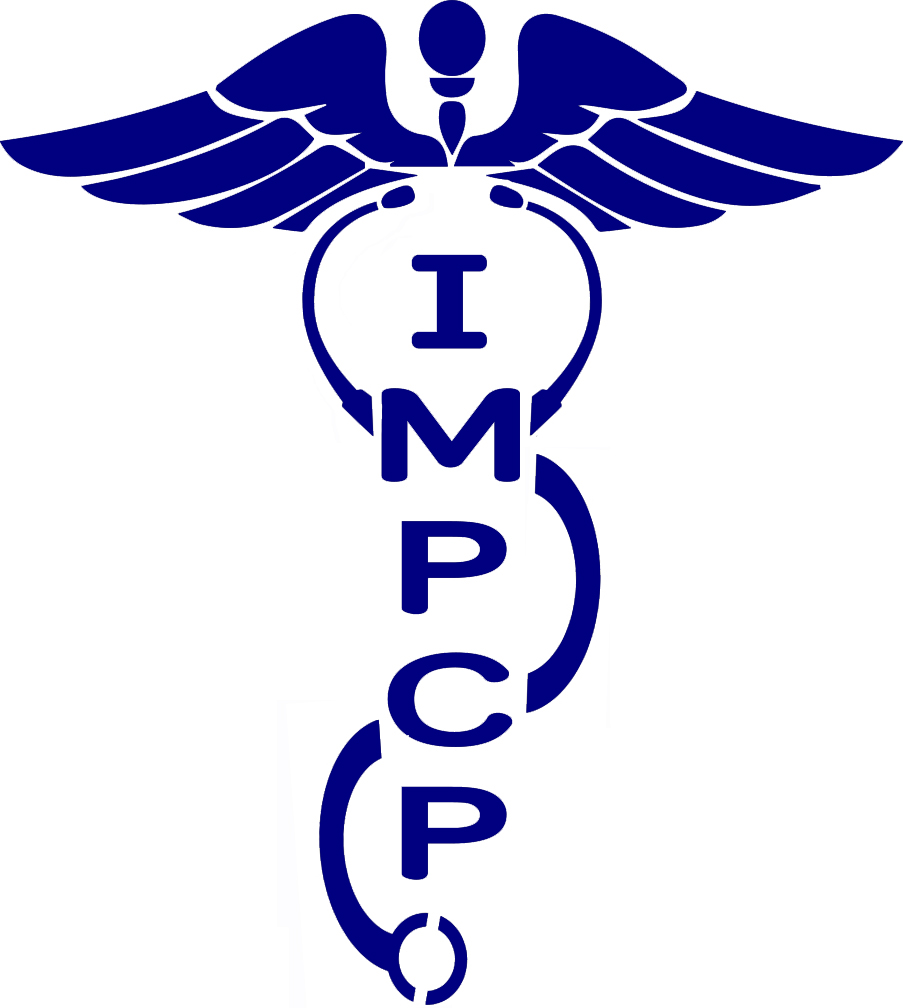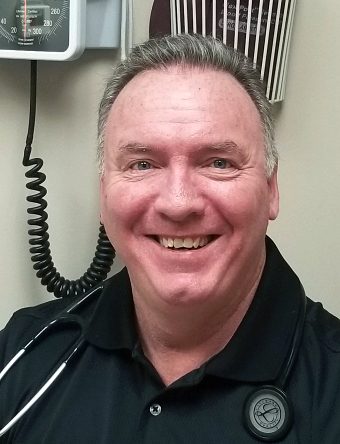Primary care practices provide health promotion, disease prevention, health maintenance, counseling, patient education, diagnosis and treatment of acute and chronic illnesses in a variety of health care settings (e.g., office, inpatient, critical care, long-term care, home care, day care, etc.).
Primary care practices are organized to meet the needs of patients with undifferentiated problems, with the vast majority of patient concerns and needs being cared for in the primary care practice itself. Primary care practices are generally located in the community of the patients, thereby facilitating access to health care while maintaining a wide variety of specialty and institutional consultative and referral relationships for specific care needs. The structure of the primary care practice may include a team of physicians and non-physician health professionals.
All physicians first complete medical school (MD, MBBS, or DO). To become primary care physicians, medical school graduates then undertake postgraduate training in primary care programs, such as family medicine (also called family practice or general practice in some countries), pediatrics or internal medicine. Some HMOs consider gynecologists as PCPs for the care of women and have allowed certain subspecialists to assume PCP responsibilities for selected patient types, such as allergists caring for people with asthma and nephrologists acting as PCPs for patients on kidney dialysis.

